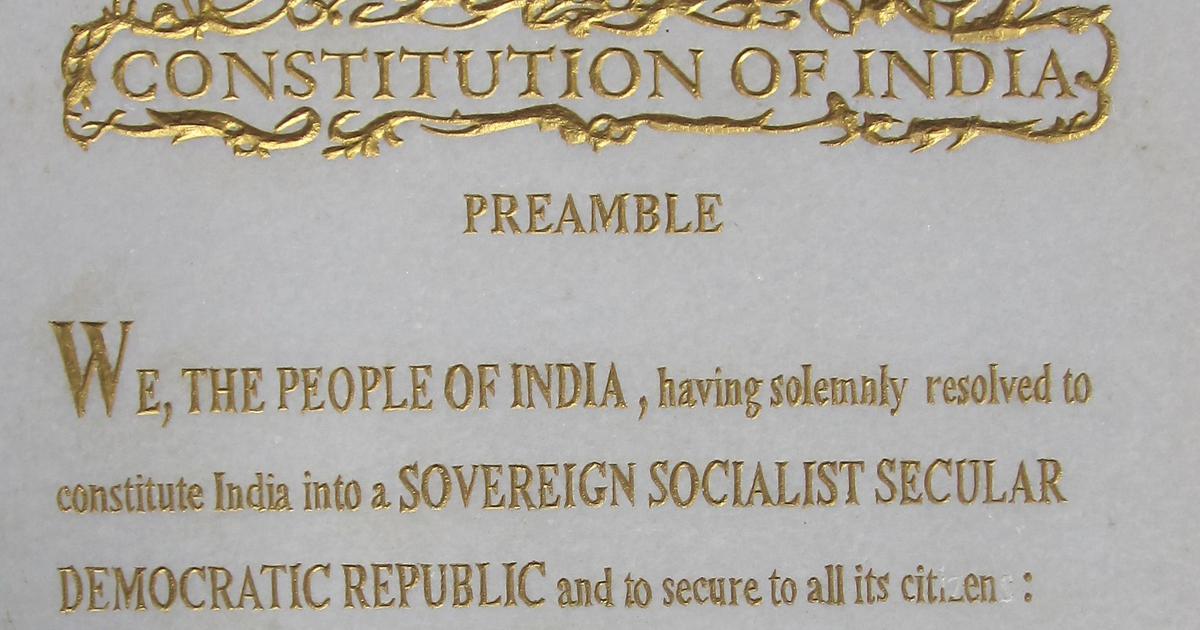Capital adequacy ratio
It is the ratio of a bank’s capital in relation to its risk weighted assets and current liabilities.
This is a measure of a bank’s ability to meet its obligations. A high CAR means the bank can absorb losses without diluting capital.
Net interest margin
This is the difference between interest earned by a bank on loans and the interest it pays on deposits.
NIM will be high for banks with higher low-cost deposits or high lending rates. Low NIM and high NPA is a bad combination.
CASA ratio
CASA ratio stands for current and savings account ratio. CASA ratio of a bank is the ratio of deposits in current and saving accounts to total deposits.
A low CASA ratio means the bank relies heavily on costlier wholesale funding, which can hurt its margins.
A higher CASA ratio indicates a lower cost of funds, because banks do not usually give any interests on current account deposits and the interest on saving accounts is usually very low. If a large part of a bank's deposits comes from these funds, it means that the bank is getting those funds at a relative lower cost. It is generally understood that a higher CASA ratio leads to higher net interest margin. In India, it is used as one of the metrics to assess the profitability of a bank.
Return on assets
it shows how profitable a bank’s assets are in generating revenue.
A lower RoA means that bank is not able to utilise assets efficiently. Negative RoA implies the bank’s assets are yielding negative return.
Reciprocal trade agreements (RTAs)
Countries use bilateral/regional trade agreements to increase market access and expand trade in foreign markets. These agreements are called reciprocal trade agreements (RTAs) because members grant special advantages to each other.
RTAs include many types of agreements, such as preferential arrangements, free trade agreements, customs unions, and common markets, in which members agree to open their markets to each other’s exports by lowering trade barriers.
Operation Twist
• RBI launched US-style ‘Operation Twist’ to bring down interest rates.
• ‘Operation Twist’ is when the central bank uses the proceeds from sale of short-term securities to buy long term government debt papers, leading to easing of interest rates on the long-term papers.
• The objective behind such an operation is management of the yield curve.
• It will help to make loans less expensive with those looking to buy homes, cars and make savings less desirable as it doesn’t pay much interest.
• Other central banks, including the US Federal Reserve, have used similar measures.
Convertibility
Convertibility is the ease with which a country's currency can be converted into gold or another currency through global exchanges. It indicates the extent to which the regulations allow inflow and outflow of capital to and from the country. Currencies that aren't fully convertible, on the other hand, are generally difficult to convert into other currencies. Full convertibility would mean the rupee exchange rate would be left to market factors without any regulatory intervention. There may be no limit on inflow or outflow of capital for various purposes including investments, remittances, or asset purchases/sales.
open market operations
• They are conducted by the RBI by way of sale or purchase of government securities (g-secs) to adjust money supply conditions.
• The central bank sells g-secs to suck out liquidity from the system and buys back g-secs to infuse liquidity into the system.
• These operations are often conducted on a day-to-day basis in a manner that balances inflation while helping banks continue to lend.
• The RBI uses OMO along with other monetary policy tools such as repo rate, cash reserve ratio and statutory liquidity ratio to adjust the quantum and price of money in the system.
• When the RBI wants to increase the money supply in the economy, it purchases the government securities from the market and it sells government securities to suck out liquidity from the system.
• RBI carries out the OMO through commercial banks and does not directly deal with the public.
Fiscal deficit
It is the difference between the Revenue Receipts plus Non-debt Capital Receipts (NDCR) and the total expenditure.
● In other words, fiscal deficit is “reflective of the total borrowing requirements of Government”.
The significance of fiscal deficit is that if this ratio is too high, it implies that there is a lesser amount of money left in the market for private entrepreneurs and businesses to borrow. Lesser amount of this money, in turn, leads to higher rates of interest charged on such lending. So, simply put, a higher fiscal deficit means higher borrowing by the government, which, in turn, mean higher interest rates in the economy.
A high fiscal deficit can also be good for the economy if the money spent goes into the creation of productive assets like highways, roads, ports and airports that boost economic growth and result in job creation.
Stagflation
Stagflation is characterized by slow economic growth and relatively high unemployment—or economic stagnation—which is at the same time accompanied by rising prices (i.e. inflation). Stagflation can also be alternatively defined as a period of inflation combined with a decline in gross domestic product (GDP).
Nidhi
Nidhi is a company formed with the exclusive object of cultivating the habit of thrift, savings and functioning for the mutual benefit of members by receiving deposits only from individuals enrolled as members and by lending only to individuals, also enrolled as members.
• Nidhis are governed by the overall ceiling on the rate of interest prescribed by RBI under NBFC Directions.
• Nidhis are companies registered under the Companies Act, 2013 and is regulated by Ministry of Corporate Affairs (MCA).
• Nidhis are also included in the definition of Non- Banking Financial companies or (NBFCs) which operate mainly in the unorganized money market









No comments:
Post a Comment